Every year, numerous trekkers embark on trips, but not all trips are safe and enjoyable. According to a study, 18% of trekkers encounter accidents due to a lack of proper preparation and without safety tips for trekking, as shown by statistics. Trekking, though exciting, brings potential dangers that could transform an ideal hike into a disaster.
This article is designed to provide you with important safety advice to guarantee that your trekking adventures are enjoyable and secure. Through careful preparation and increased awareness, we can assist you in confidently and sustainably navigating the trails.
Let’s explore the essential tactics that will help ensure your safety during your upcoming journey!
Understanding safety tips for trekking
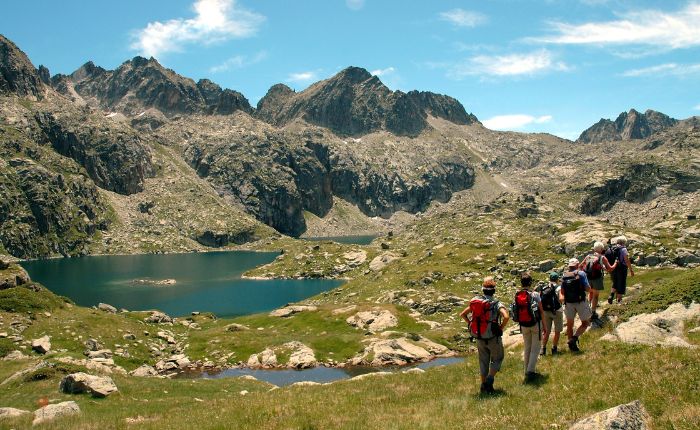
Common hazards
Trekking comes with multiple dangers that can greatly affect your journey. Sudden weather changes can lead to dangerous situations such as storms or extreme temperatures, while unexpected encounters with wildlife can pose significant risks.
In addition, medical intervention might be necessary for physical harm like accidents, trips, and excessive strain. Recognizing these risks is crucial, as it enables trekkers to properly prepare for a more secure adventure.
Importance of awareness
It is essential to comprehend trekking dangers to improve safety. Knowing enables hikers to prepare in advance for possible weather shifts and bring necessary equipment. Moreover, being mindful helps hikers to be prepared to reduce physical harm, such as wearing suitable shoes. By taking these factors into account, hikers can make knowledgeable choices that result in safer and more pleasant adventures while hiking.
Pre-trek preparation for safety tips for trekking
Research your route

Having a good grasp of your trail’s conditions and difficulty levels is essential for a successful hike. Getting to know the trail’s terrain, elevation changes, and possible hazards will assist you in getting ready properly.
Create a detailed Itinerary
Developing a thorough schedule is necessary for a secure and well-planned trek. Specify the start and end times, anticipated speed, and checkpoints to effectively oversee your time. It is important to always inform someone who will not be accompanying you about your safety plans.
Weather check
Keeping track of the weather is essential for making necessary adjustments to your plans. Make sure to consistently monitor forecasts before your hike to predict any potential changes. Pack layers for temperature changes and bring rain gear for surprise showers to be ready.
Essential gear and supplies
Clothing and footwear
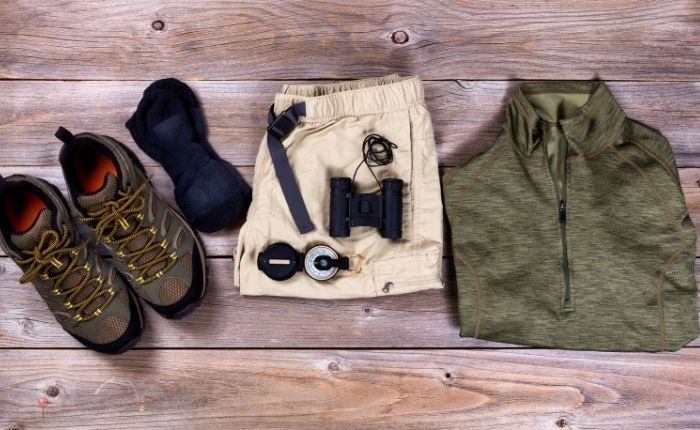
It is crucial to pack appropriate clothing and footwear for comfort and optimal performance during adventurous treks like Manimahesh and Kedarkantha trekking. Opt for clothing that is water and moisture-repellent to stay dry and comfortable. Moreover, it is important to invest in boots with proper ankle support and excellent traction.
Navigation tools
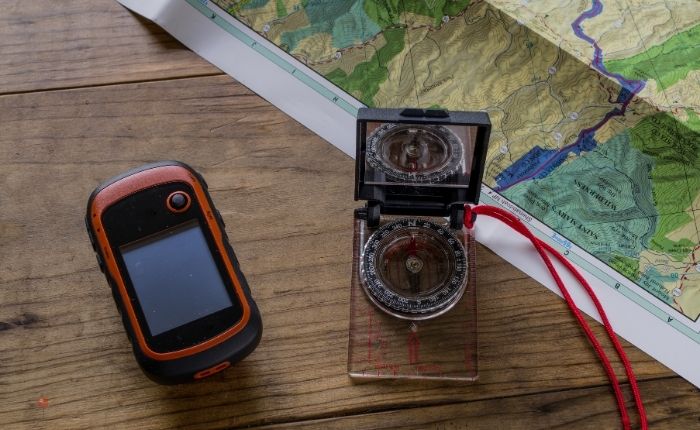
Effective navigation is essential for a satisfying outdoor expedition. Having a map and compass is essential for navigating and comprehending the terrain while in the wilderness. While GPS devices offer added help and convenience, they should not replace traditional navigation tools. Having a map and compass can act as a dependable alternative in case of technology failure, helping you stay on track and improve your outdoor experience.
Safety equipment
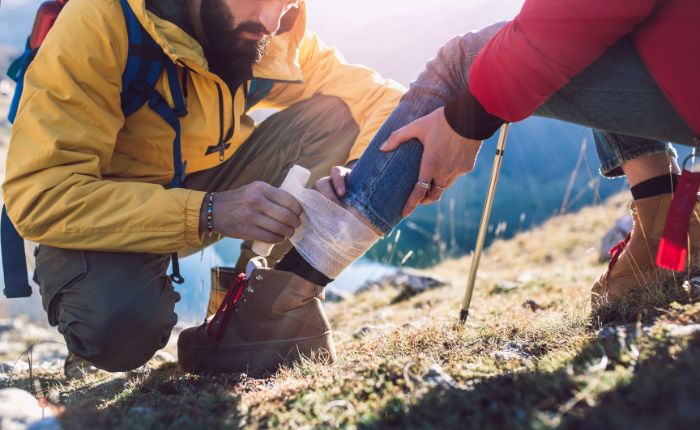
Giving importance to safety can significantly impact outdoor excursions. It is crucial to pack the safety gear and be ready for any unforeseen circumstances. A handy first aid kit is important to quickly treat any injury during the trek. Along with a first aid kit a bright flashlight is equally important in navigating safely.
Trekking safety tips during the Trek
Hiking etiquette
The trekking is not only about the trail but it is also essential to ensure safety and peace. When on the trek if you encounter fellow adventure enthusiasts such as hikers, cyclists, or horse riders, ensure that you offer help in your capacity. Lowering noise levels helps protect the environment and respect other hikers. This behavior enhances the enjoyment of hiking and encourages respect for other hikers, leading to a friendly atmosphere of mutual consideration on the trail.
Staying on trail
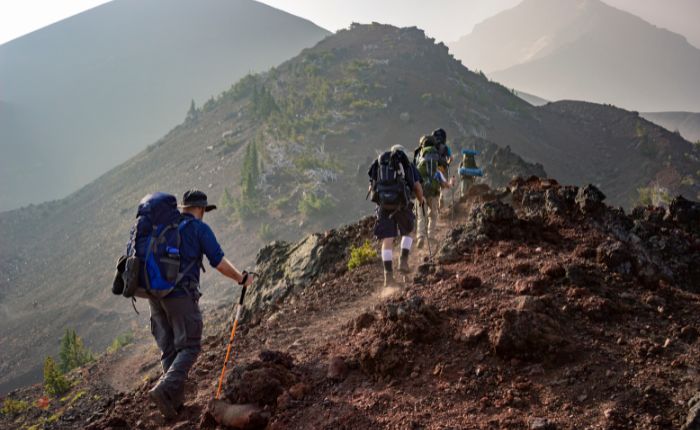
It is crucial to follow designated trails for safety reasons and to protect the environment. Following the designated path helps avoid confusion and the possibility of becoming lost while also safeguarding fragile environments from harm caused by hiking off the trail. By adhering to established paths, adventurers can have a safer and more pleasant time in the wilderness, safeguarding the environment’s beauty for the next generations.
Group dynamics
Hiking with others provides many advantages that greatly improve the overall adventure. One key benefit is enhanced security, as mutual watchfulness enables individuals to watch over each other and react more efficiently to possible dangers. Moreover, hiking in groups also enables trekkers to communicate and support each other, leading to a feeling of community.
Keeping communication lines open addresses concerns that may come up during the hike, so everyone feels included and supported. This cooperative environment encourages collaboration and friendship, creating a memorable experience.
Emergency preparedness
Creating an emergency plan
Establishing a thorough emergency plan is crucial for ensuring safety during outdoor activities. Begin by establishing a specific meeting location for all individuals to assemble in the event of getting separated. Additionally, having a compact first aid kit readily available is crucial for potential injuries. Finally, ensure that the entire plan is shared with all parties involved, guaranteeing that all are informed and prepared to react quickly in the event of an emergency.
Recognizing signs of distress
It is essential to understand the signs of altitude sickness or exhaustion to keep safe. Important indications consist of feeling nauseous or vomiting, having a strong headache, feeling dizzy or lightheaded, experiencing fatigue or weakness, and having difficulty breathing. Identifying these signs early helps you react quickly, guaranteeing your good health and well-being in high-altitude or challenging conditions.
Conclusion
In conclusion, keep in mind these important safety tips for trekking: make sure to prepare well, select proper equipment, and stay aware of your environment. Trekking provides amazing experiences, allowing you to fully enjoy the journey with safety as a priority.
Are you prepared for your upcoming journey? Feel free to share your hiking tips or unforgettable experiences in the comments section!
What Trekker Asked?
What precautions should be taken for trekking?
Proper gear, weather check, hydration, first-aid kit, telling someone the route you are to take, and trekking in groups.
What is the golden rule of trekking?
Respect the nature, leave no trace, safe trek, and support the fellow trekkers.
How to keep safe if you go hiking?
Route planning, knowing the weather, carrying essentials, staying on marked trails, hike with others, and letting people know about your plans.
How do I prepare myself for trekking?
Build up endurance, strength to muscles, varied terrain as practised, essentials pack in, proper gear, and acclimatization at an altitude where necessary.


